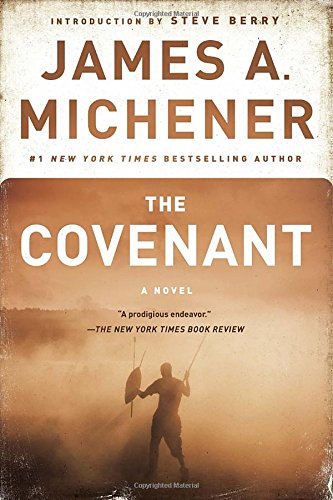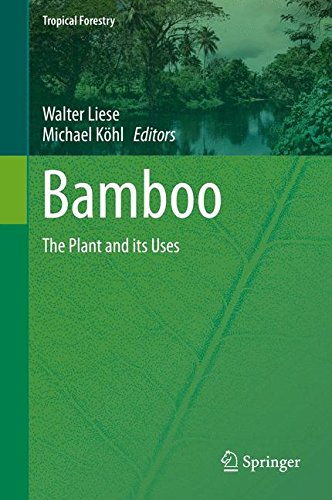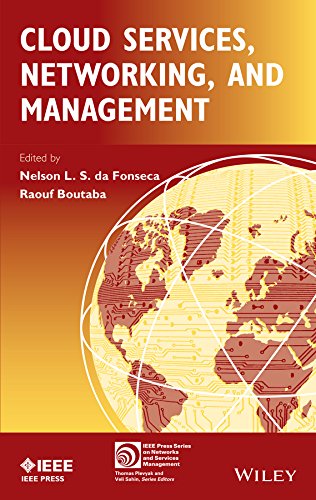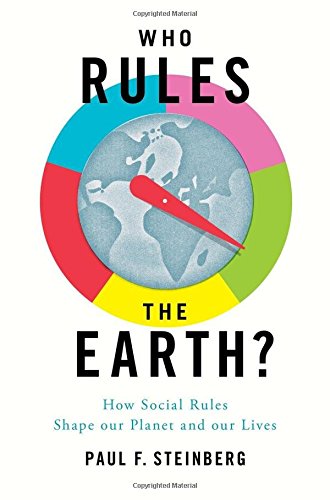Left in the Dust: How Race and Politics Created a Human and Environmental Tragedy in L.A., by Karen Piper
Reading Left In The Dust: How Race And Politics Created A Human And Environmental Tragedy In L.A., By Karen Piper is a very helpful passion and also doing that can be undertaken whenever. It suggests that checking out a publication will certainly not limit your task, will not force the moment to spend over, as well as won't spend much money. It is a very economical and also obtainable point to buy Left In The Dust: How Race And Politics Created A Human And Environmental Tragedy In L.A., By Karen Piper Yet, keeping that extremely economical point, you can obtain something new, Left In The Dust: How Race And Politics Created A Human And Environmental Tragedy In L.A., By Karen Piper something that you never do and also get in your life.

Left in the Dust: How Race and Politics Created a Human and Environmental Tragedy in L.A., by Karen Piper

Free Ebook Left in the Dust: How Race and Politics Created a Human and Environmental Tragedy in L.A., by Karen Piper
An intensely personal story crossed with a political potboiler, Left in the Dust is a unique and passionate account of the city of Los Angeles's creation, cover-up and inadequate attempts to repair a major environmental catastrophe. Owens River, which once fed Owens Lake, was diverted away from the lake to supply the faucets and sprinklers of Los Angeles. The dry lakebed now contains a dust saturated with toxic heavy metals, which are blown from the lake and inhaled by unsuspecting citizens throughout the Midwest, causing major health issues. Karen Piper, one of the victims who grew up breathing that dust, reveals the shocking truth behind this tragedy and examines how waste and pollution are often neglected to encourage urban growth, while poor, non-white, and rural areas are forgotten or sacrificed.
Left in the Dust: How Race and Politics Created a Human and Environmental Tragedy in L.A., by Karen Piper- Amazon Sales Rank: #1861958 in eBooks
- Published on: 2015-03-03
- Released on: 2015-03-03
- Format: Kindle eBook
From Publishers Weekly The story of how L.A. diverted the Owens River more than 90 years ago—draining a lake and leaving behind a toxic dust bowl—is one that English professor Piper (Cartographic Fictions) takes personally. She grew up breathing wind-borne arsenic-laced dust lifted from Owens Lake; her lungs are permanently scarred and her sinuses damaged. It's thus disappointing that this history of the Los Angeles Department of Water and Power's corrupt grab for Owens Valley water, and the coverup of the consequent environmental disaster, doesn't pack more of a punch. In a scenario familiar to anyone who saw Polanski's film Chinatown, Piper lays out facts cogently enough: the capitalist villainy that enriched the young city's white elite nearly a century ago, when work started on the L.A. Aqueduct; the devastating impact of the water's diversion on both Paiute tribes and local farmers; and how the project led to "white flight" from neighborhoods around the Los Angeles River, which was dwindling to a polluted trickle in a trench. Unfortunately, the damning accumulation of accusations, though well documented, is lost in a prose style as opaque as the horrific dust storms the author describes. B&w photos. (Aug.) Copyright © Reed Business Information, a division of Reed Elsevier Inc. All rights reserved.
From Booklist Owens Lake was drained in the 1920s to provide L.A. with water, and the attendant dirty dealings over water rights and land speculation produced a notorious chapter in the history of the West. But there's more to the story. Once briny Owens Lake went dry, the region's cyclonic winds began whipping up immense clouds of fine white dust. Toxic with arsenic, nickel, selenium, and cadmium, this penetrating grit causes serious lung and autoimmune diseases. Piper grew up breathing the deadly dust, and she and her family are suffering the grave consequences. Accordingly, Piper spent years researching the crimes associated with Owens Lake. The result is a gripping chronicle of epic greed, wanton corruption, overt racism, and unbridled environmental irresponsibility. Piper strips away the camouflage that has long concealed the tragic fate of the Paiute Indians, the killer dust's inundation of a Japanese American internment camp, and the impossibility of meeting the growing water demands of California's desert megalopolis. Global concerns about the increase in windblown dust make Piper's hard-hitting report especially significant. Donna SeamanCopyright © American Library Association. All rights reserved
Review Readers who admire Mike Davis's work. . .will find this fine entry in the library of apocalyptic Californiana of urgent interest. -- Kirkus Reviews

Where to Download Left in the Dust: How Race and Politics Created a Human and Environmental Tragedy in L.A., by Karen Piper
Most helpful customer reviews
4 of 5 people found the following review helpful. Lost in the dust By R. E. Zartman The author addresses an important issue in the book. In addition to the dust problems cited, there certainly is a problem in the Aral Sea and to some degree even the Dead Sea. This will be an increasing problem of "who gets the water?"While I am in sympathy with the author's concerns, I was very disappointed in the lack of fact checking. There is very great concern for dust in the PM-10 range and even PM-2.5. There is a problem of "farmer's lung" in certain areas of California due to PM-10 and PM-2.5. The term PM-10, however, is improperly defined on page 3 and again on page 138-139. EPA NEVER defined the size of a particle in micrograms! The proper designation is micrometers or microns. I would guess that this is a good reason to have a reviewer who is knowledgeable in the area fact check.Additionally, the Hitchcock movie is Sabotage not Saboteur and takes place in Great Britain not Los Angeles.
4 of 6 people found the following review helpful. Kirkus Review By Kirkus Review Another compelling reason not to breathe in L.A.Piper (English/Univ. of Missouri) grew up 50 miles from Owens Lake, Calif., "currently the worst source of dust pollution in the nation." The lake, on the eastern flank of the Sierra Nevada, had ample water until the 1920s, when Los Angeles began to divert it to serve metropolitan needs 200 miles away, the subject of Roman Polanski's classic film Chinatown. Piper examines how that film's makers denatured it for fear of the city's omnipotent utility department, which could not have found a more suitable source of water, politically speaking, since most of the residents of the Owens Lake area were poor Paiute Indians, who were easily displaced and powerless. The parched conditions unveiled fine dust particles that defy dust masks and grout, causing nightmarish autoimmune illnesses, asthma and other woes that are epidemic around the lake, affecting Anglos, Mexicans and Paiutes alike, to say nothing of the Japanese Americans interned during WWII at nearby Manzanar, locally famous as a place where "reduced visibility due to the dust led to the deaths of dozens of people in car crashes" and even prevented the military from tracking missiles fired during tests in the Mojave Desert. Challenged to undo some of the environmental damage it had wrought, L.A.'s Department of Water and Power proposed that Owens Lake be declared a "national 'sacrifice area' in order to overrule public trust law." DWP was unsuccessful, so that parts of the lake are slowly being rehabilitated even as a similar disaster looms at the Salton Sea, closer still to the crowded metropolis. Throughout, Piper writes with prickly, if controlled, anger, much in the kindred spirit of Mark Davis's City of Quartz, which bookends this neatly. The tone is fitting.Readers who admire Davis's work and that of the late Marc Reisner will find this fine entry in the library of apocalyptic Californiana of urgent interest.
2 of 3 people found the following review helpful. note to generalists By bookbestcrtitic There is a great deal to admire in this book, particularly the ambition, the theoretical approach, and her broad general knowledge of the subject. But as one reviewer has already pointed out, there are a number of sometimes glaring errors in the research, errors that are, I suspect, only noticeable to specialists in the field. Nonetheless, in a book that addresses a general audience, the responsibility for accuracy is even more important, since those readers are the ones most likely to accept the errors as facts. The prose also seemed to leave a bit to be desired, as if some of that dust had settled on the keyboard.
See all 6 customer reviews... Left in the Dust: How Race and Politics Created a Human and Environmental Tragedy in L.A., by Karen PiperLeft in the Dust: How Race and Politics Created a Human and Environmental Tragedy in L.A., by Karen Piper PDF
Left in the Dust: How Race and Politics Created a Human and Environmental Tragedy in L.A., by Karen Piper iBooks
Left in the Dust: How Race and Politics Created a Human and Environmental Tragedy in L.A., by Karen Piper ePub
Left in the Dust: How Race and Politics Created a Human and Environmental Tragedy in L.A., by Karen Piper rtf
Left in the Dust: How Race and Politics Created a Human and Environmental Tragedy in L.A., by Karen Piper AZW
Left in the Dust: How Race and Politics Created a Human and Environmental Tragedy in L.A., by Karen Piper Kindle











